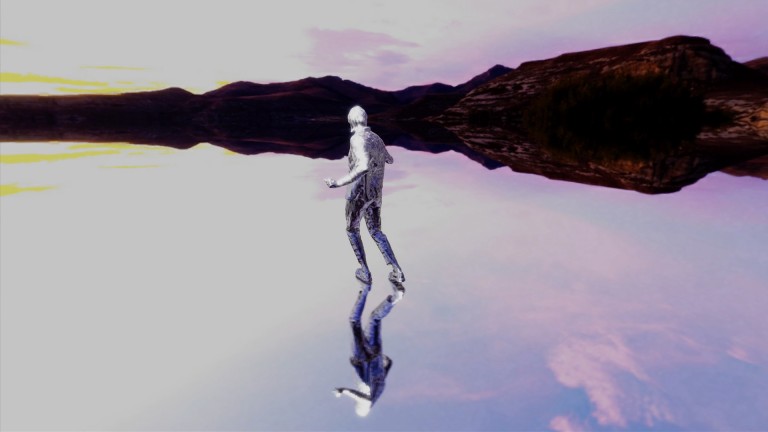Dutch multi-disciplinary artist, Coloray, spent years plying his trade as part of the renowned electronic music duo Tunnelvisions, before kick-starting his solo career in 2019. He soon took on an alternative approach to dance music, placing classic songwriting at its core, adding an element of emotion to the genre. When his debut album Future Static landed last year, his taste expanded further, drawing on elements of trance, techno, and synth-pop, which made for quite the journey. However, for Coloray, the album represented so much more than a collection of dance tracks, it translated a vision of a not-so-distant future centred around “the concept of man and computer creating a new reality where logic and emotion seem to be at odds with one another.”
It was a conceptual project that predicted how we’ll consume music next, and now it’s expanding into an alternative reality, with the launch of the Virtual Space, a virtual reality app. Fresh off the back of a remix package, It’s the final piece of a futuristic piece of art that transports the viewer into the metaverse, where a 3D recorded performance of Coloray is integrated. It was a behemoth task, and one that was a statement of intent, which laid bare the breadth of the artists talents. Viewers got a preview through the music video for ‘Face Of Value’, which was a beautifully crafted visual journey that showcased the power such a creation can hold.
We chatted with Coloray to learn more about the creative process behind the project, the message projected through the Virtual Space, and what we can expect next from the artist.
Hey Coloray! You’re now two years into your solo journey, having formally been a member of the electronic duo Tunnelvisions, how different is it going alone in the music world? Have you enjoyed it so far?
It’s very different working alone compared to working in a duo / a team. In a sense, I’ve discovered that I’m really a team player and that I also need other people to spar with about what I’m doing. So, I try to use my music as a way to gather more people. I’ve started performing with a band now, which gives amazing insight into what my music can be, and on the visual side I’m working with other directors, programmers, and lighting specialists. It’s been a very creative and cool process. I do however miss having someone beside me in the studio to celebrate the initial birth of an idea. Next to it being fun, it’s also some sort of confirmation that you’re on the right path when someone else is jumping up and down with you. I’m getting better and better at recognizing when that same bell is ringing just for me, and that makes me get deeper to the core of my work.
Last year you released Future Static, your debut album. Sonically it draws on a vast range of electronic influences, what was your creative mindset behind the project?
The mission of the album was to make machine music sound human and to make the machines play with me in this sort of band-like setup. I went fully analogue with the gear, and at the same time, I started discovering if I could use the computer to create these 3D visuals that would coincide with the music. The project was started before the pandemic, but when that struck the whole concept changed. Suddenly it was not only me trying to make this music, but my computer and the gear became a way to start envisioning a new world. The outside world was still this hostile thing, we couldn’t see other people, and we couldn’t go anywhere. So what if I could travel to a place via my music? What would that world look and sound like? Could I create a place for other people to go to, metaphorically first, but later in a literal sense. For that world to be exciting I knew I wanted it to be a summary of all music I had listened to before making that album; ambient, EBM, techno, pop, breaks. The message should be that there were no boundaries anymore, no limits, not only musically, but also virtually.
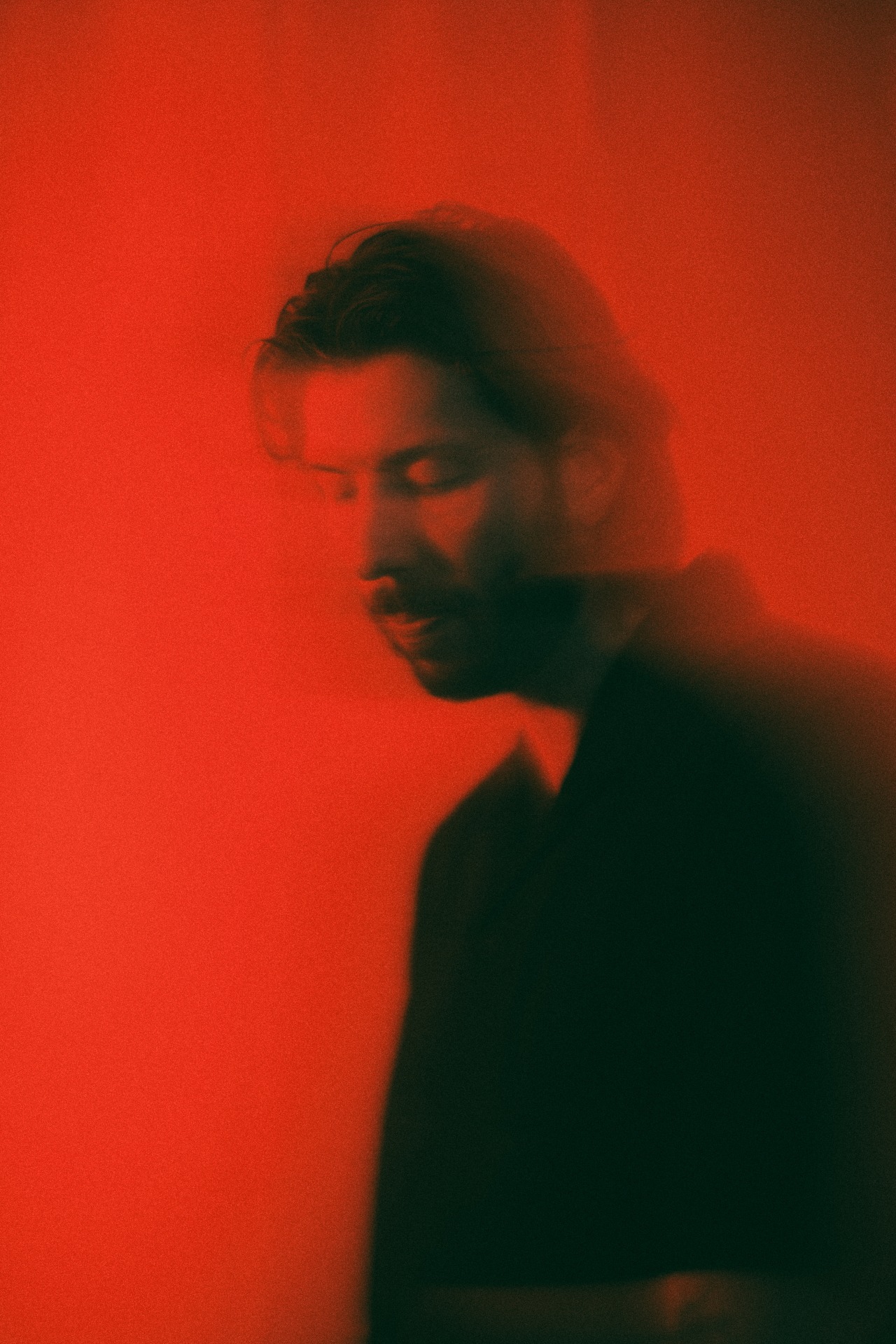
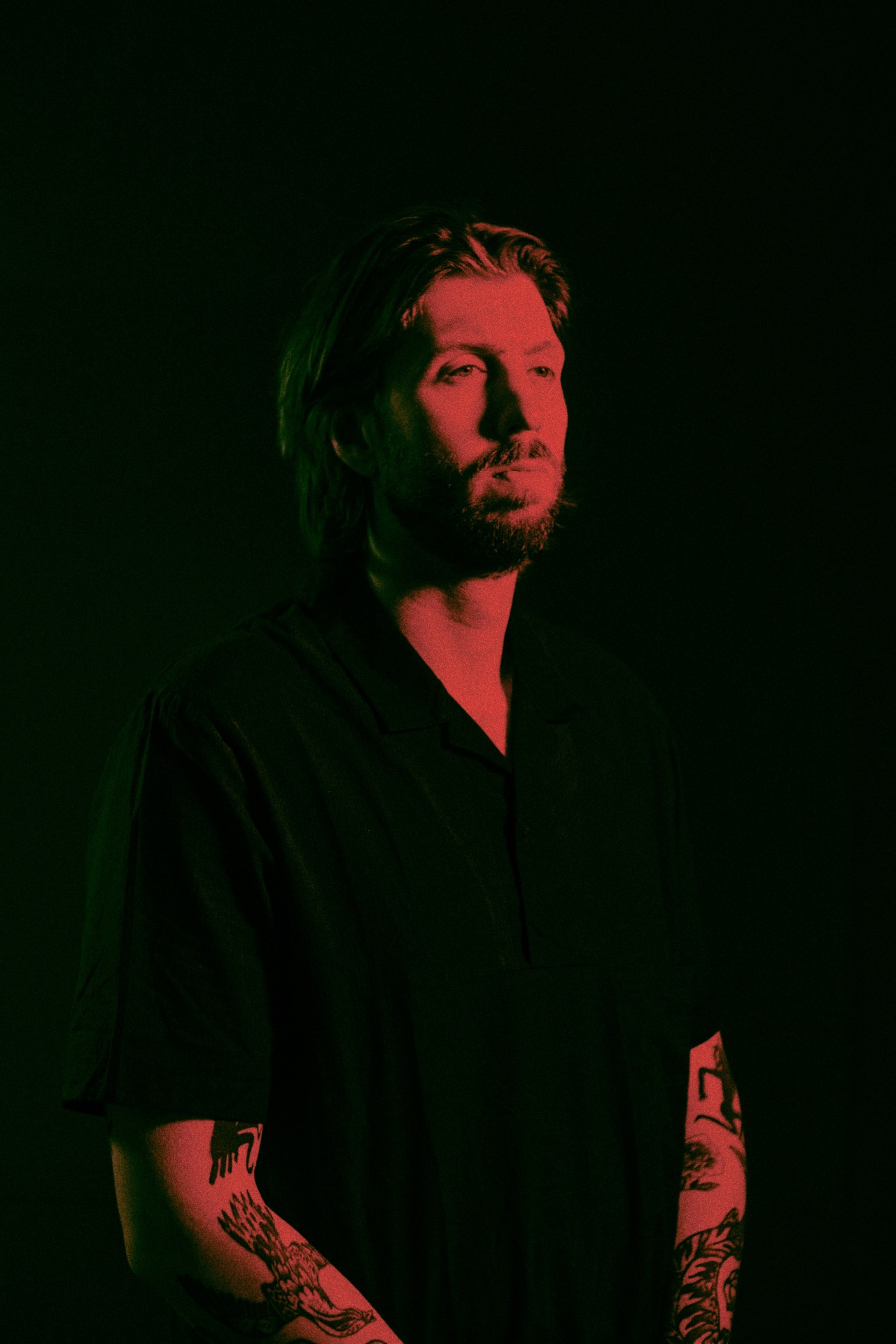
You’ve just expanded that world with the launch of your virtual reality application, the Virtual World, which takes viewers into the metaverse. What inspired you to undertake such a project?
Well, when the pandemic hit I thought my days as a traveling, performing musician were over! I have a degree in design, so I started researching new ways of designing in the first months of that period. Since I was a kid I always loved architecture, and I loved light installations at shows I had seen the years prior. So that became the focal point; creating these new spaces where light and sound could live in. It was quickly that I came in touch with a volumetric capturing studio called 4DR in The Netherlands, and I realized that there were new techniques to capture a performance in 3D. And then it clicked; I could make a virtual show out of this, and people could come and see my live show in a time when it’s not possible to go to live shows. It was the missing puzzle piece in the album process. At the time the term Metaverse wasn’t even coined yet, and when it did half a year later, it was quite odd. Was I working on something that other artists were also working on? Could these things be connected, intertwined? A really exciting time to say the least.
You’re in charge of many aspects of the creative design, including art direction, conceptual and 3D design, who else did you collaborate with when undertaking such a massive project? How long did it take to create?
For this project, I started working with Remco van Dun, who was in charge of the vinyl design and packaging, and Bart van de Sande, who did all the technical programming of the application. I’ve known these two friends for almost 10 years, and it’s insane to me that we were able to do this with such a small team. The volumetric video recording was done with help of 4DR studios with Alex van Happen and Steije Hallema playing a big role in the production of that recordings. Alex had a strong role in applying for the funding at Het Stimuleringsfonds and the Techincal University Eindhoven as well. It felt like I had all these amazing people coming around one little idea; to create a new world to discover, and that’s still amazing to me that we’ve been able to do that. The app has been nominated for a VR award and the vinyl design for a European Design Award. It just goes to show that you don’t need big teams to get great results, the development team was essentially Bart and me.
However, we do realize that what we did was near impossible. Timing-wise, Bart and I were making very long days. I had to learn 3D design, UI design for VR, game development, sound design for games, and all these extra things I had never anticipated I had to learn. The whole process took a year and a half, and many sleepless nights. Finishing the app feels like I’m graduating again, haha.
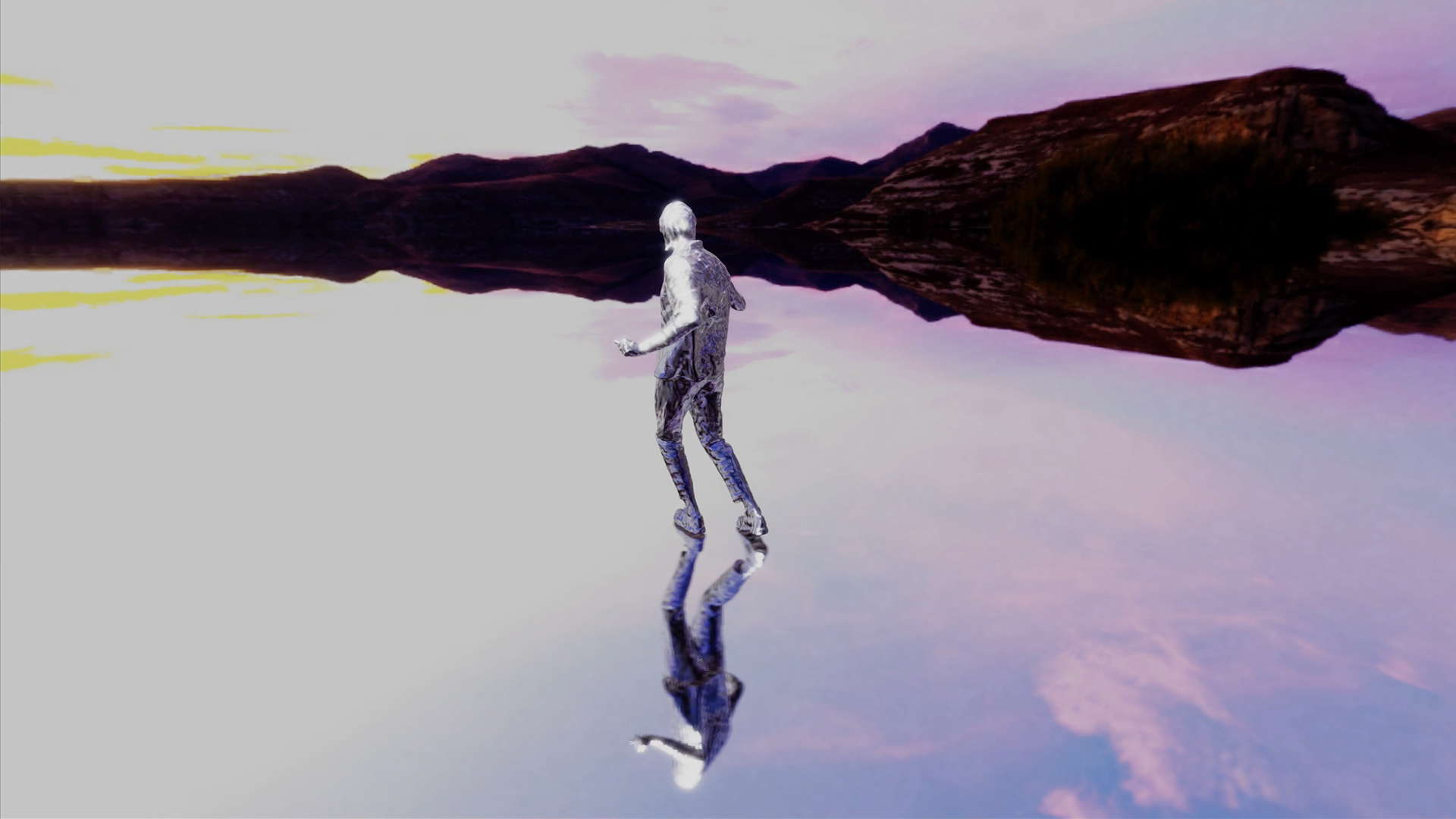
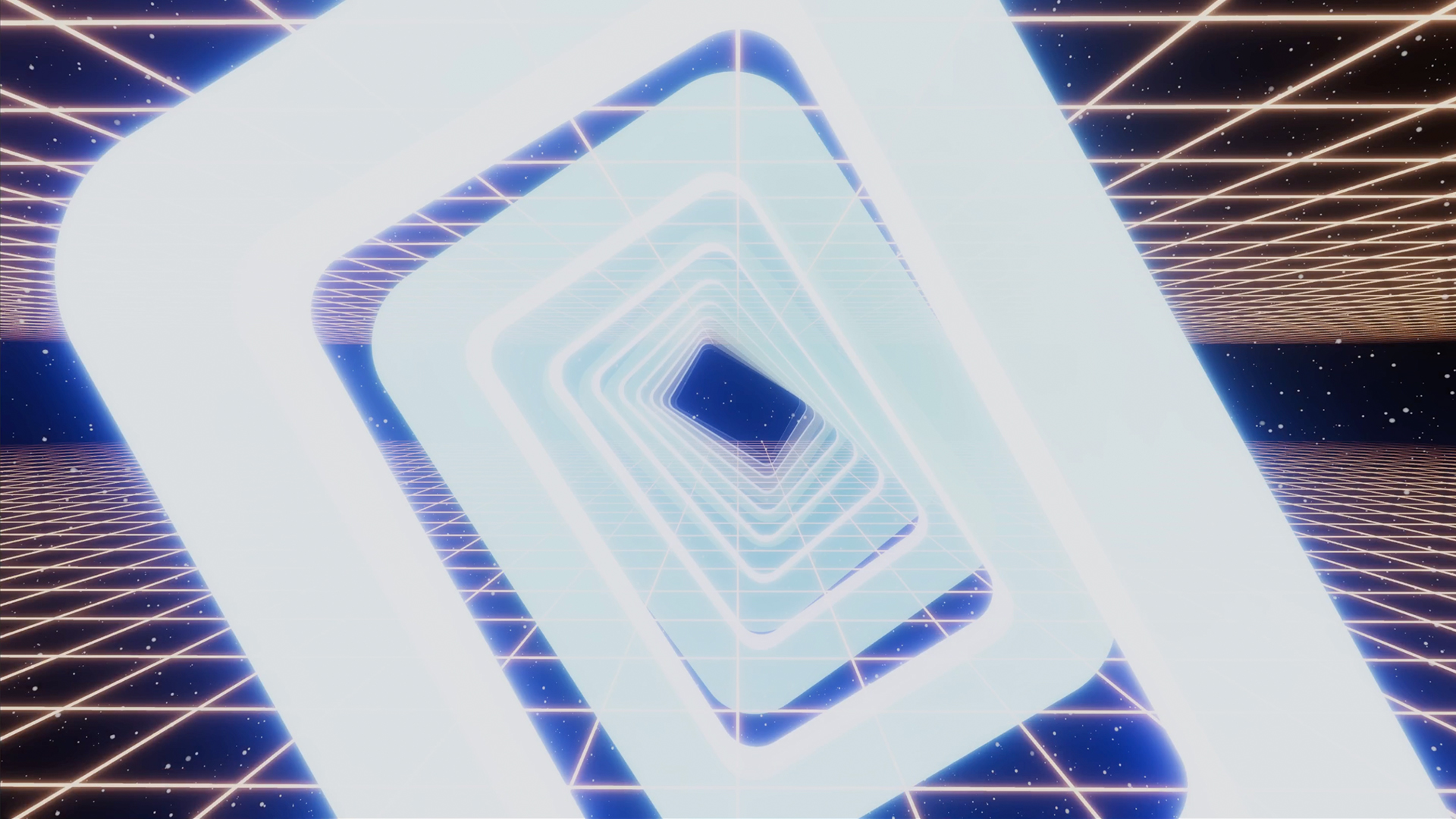
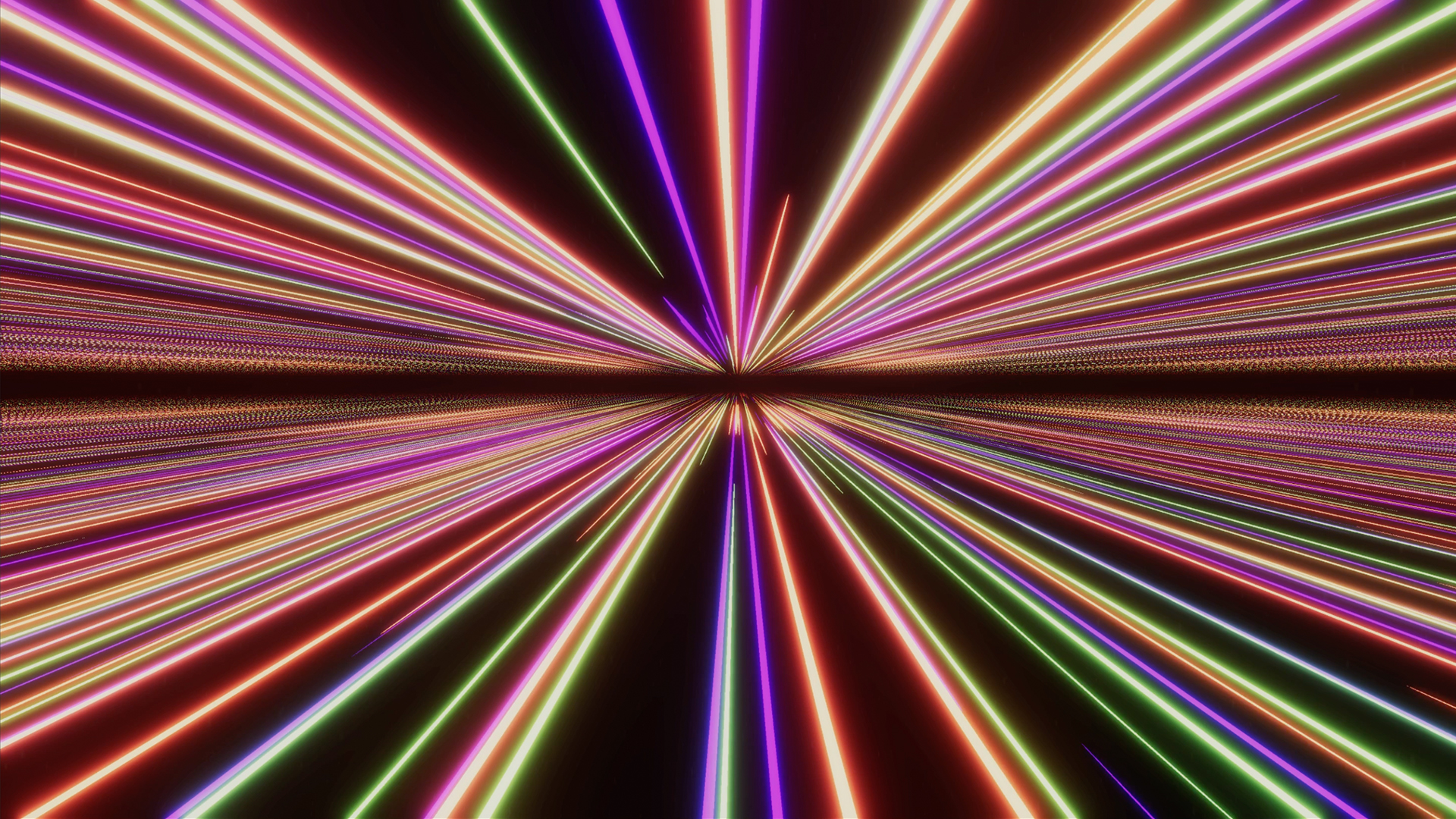
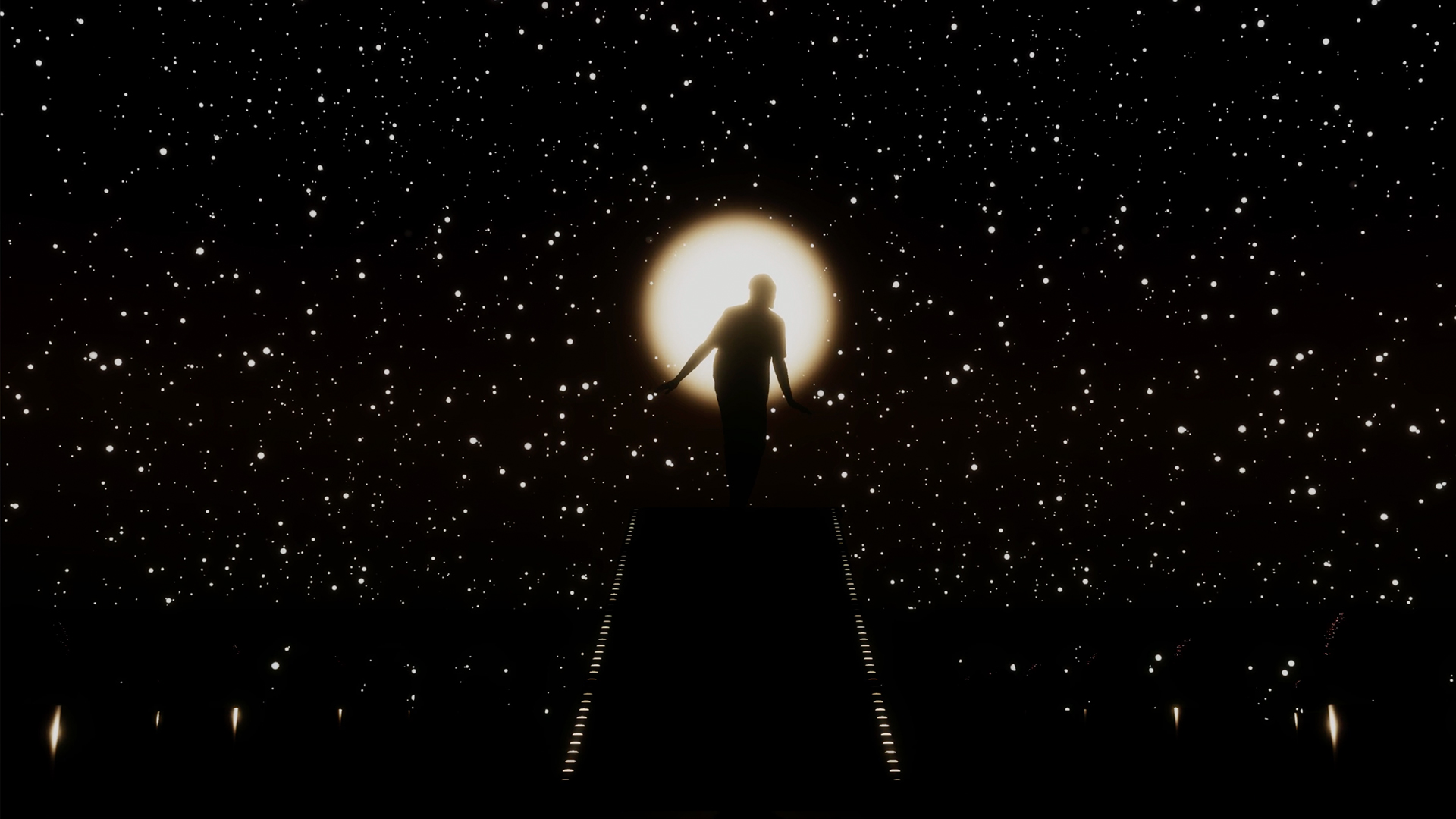
Last week you premiered the VR music video for ‘Face Of Value’, how does that visual experience compare to everything else on the app?
The music video for Face of Value was the first test I did before I actually knew if I could make this virtual thing happen. It’s a concept rendering for what I wanted to happen if someone would download the app, and I would show this video to Bart to say; alright, this is what we’re going to make the next weeks.
The music video is a somewhat better looking version of what you would experience virtually. The idea was that in the end we would be able to create a virtual stage, get the performance in there, and work with virtual camera’s to record that performance and edit a music video out of it. This was cut because it wouldn’t fit with the time we had, so this video is the result.
What’s the overall message you’re conveying with the Virtual World? Have you always been intrigued with how we’ll consume music in the future?
Oh definitely. Music is changing so much all the time. I’m 31 right now, and I’ve grown up in a time when music was the end-all for me. Big bands, huge CD sales, touring artists. Essentially what has happened is that music started competing with other pieces of content, or rather, it started competing with other ways to spend someone’s time. To me, music is one of my most beloved art forms, but for a lot of people, it’s just another link to click on. Another piece of content. It took me a long time to realize: that’s okay, let’s evolve.
What I love the most, is getting into the mind of an artist via their work. Does it really matter to me if that work is a painting, a book, a song, an app even? I just want to experience stories, and I love that I can keep on discovering what an artist wants to tell.
I always used to see my multifacetedness as this sort of ‘master-of-none’ type deal. It’s even something I can still not word very well; how can someone be good at multiple things? But since the pandemic gave me unlimited time, I felt like I had to bring everything together, for myself to see how far I could push it.
In the future, for me, music will be a place to go to. It will be part of a grander world, a bigger vision of an artist. It’s also a place to take with you, a little universe where someone feels like they have a bit of the artist with them. We’re already doing this, with music being played on Spotify and us following an artist on Instagram. But can’t an artist do more? Why are we wearing Nike shoes, made by a huge corporation using cheap labor, and not shoes made by an artist that works holistically and with good ethics? I hope the multi-dimensional artist will become a standard, so that we get new worlds to discover and new ways to experience art and culture in general.
Recently you released the single ‘Sinners’ with long-term collaborator Eagles & Butterflies, how did that relationship form? How do you feel your styles merge?
I think we started chatting over Facebook in 2018, already quite a while ago. At the time I was releasing some records that featured my vocals, I was just stepping out with what I could do on that front. We started working together and Chris and I clicked right away, mostly because he and I love synths, weird sounds, and songwriting that’s non-modern in a sense. Chris was pretty clear that he wanted to take on the synth and drum part, but the songwriting part would be up to me. To this day I still think that that’s what I’m best at, telling a story either by myself or in collaboration. Songwriting plays a huge part of that. Next to it being creative, we keep pushing each other, which results in a lot of new things being written in a short time. Loved working with him, and when we were together in LA this year we got the chance to really dive deep in the studio. Some essential things were learned during that time.
It was another release that showed your song writing prowess, a rare trait in the electronic world. Is this a process you really enjoy?
Yes, I love it. However, I’m always torn about how I should view myself. It has kept me active for a long time, trying to place myself as a songwriter in the electronic music world. There are just so many DJ’s, so many people making a certain sound, a certain thing. Where do I stand?
In the end, I’ve now finally stopped caring. I work really experimentally, taking note of the production techniques of techno producers and electronica heads, but in the end, I’m a songwriter who loves to make things to remember. I still feel like there’s more untapped potential in this collaboration that’s happening within myself: an indie songwriter working together with an experimental electronic musician. Let’s just see what comes out in the period that’s to come.
What can we expect from you throughout the rest of 2022?
The last 2.5 years have been quite a search. I’m releasing a couple of singles this year, a couple of remixes, and new collaborations with Terr, Massimiliano Pagliara and Fort Romeau. Also, I’m playing some cool shows with the band and DJ’ing again. But from my end, I’m currently going deep again in the next album process. Gathering ideas, sketching, and forming a new concept. I’m ready for another round, and it’s going to a bit more mental than the last.
